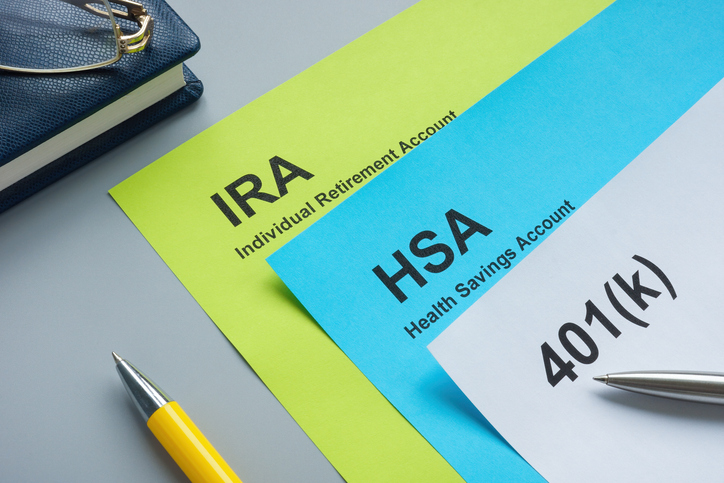The U.S. Census Bureau reported in late March that more Americans have health insurance than it had previously reported. It says about 1.8 million more people had health insurance in 2005 than it reported last August, bringing the number of uninsured down to 44.8 million.
The undercount was largely among dependents.
Doug Badger, a senior fellow at the Center for Medicine in the Public Interest, said the new numbers should be discussed in the context of the debate over expanding the State Children’s Health Insurance Program (SCHIP), since the new figures now show the percentage of children who lacked coverage in 2005 is actually quite low by historic standards.
Badger created a table from the new numbers. (See table.)
The decrease casts powerful doubt on the need for a $50 billion expansion of SCHIP. And even more, is it really a good idea to expand SCHIP to “children” as old as 25 and to kids in families making $83,000 a year, as Sen. Hillary Rodham-Clinton (D-NY) and Rep. John Dingell (D-MI) have proposed?
| Number of Uninsured Revised Census Bureau Figures |
||
|---|---|---|
| Total Uninsured | Uninsured kids | |
| 2001 | 41,207 (14.6%) | 8,509 (11.7%) |
| 2002 | 43,574 (15.2%) | 8,531 (11.6%) |
| 2003 | 44,961 (15.6%) | 8,373 (11.4%) |
| 2004 | 43,498 (14.9%) | 7,721 (10.5%) |
| 2005 | 44,815 (15.3%) | 8,050 (10.9%) |
A better policy would be for states to focus on making sure the lower-income kids already eligible for SCHIP are covered. Any extra money Congress puts on the table could be spent providing help for other groups where the uninsured rate is many times higher–including lower-income working Americans.
The president’s health initiative would be a much better investment in restoring equity to the health care system and expanding coverage more efficiently.
Drug Safety
In other health policy news, former U.S. Food and Drug Administration (FDA) Commissioner Mark McClellan testified before Congress in mid-March about an issue that largely stays under the radar–drug safety.
Decisions are being made now in Washington about this issue, which will have a huge impact on the future of drug innovation in the twenty-first century. This, in turn, will affect every American who takes prescription drugs.
The FDA, which McClellan led from 2002 to 2004, is woefully underfunded and understaffed. As a result, it is unprepared to use modern information technologies to learn more about the effectiveness and safety of medications over their life cycle. McClellan said the Vioxx withdrawal shows the imperative for change.
It just doesn’t work to “rely on the hope that overly busy health professionals will file individual reports on adverse events involving drugs,” McClellan said. Instead, we need a systematic electronic infrastructure to monitor the safety of drugs.
McClellan explained that a more sophisticated reliance on electronic data could have detected “the significant association between Vioxx use and serious cardiovascular events” within months rather than years.
McClellan recommended “extensive use of electronic, interoperable, real-time clinical data systems for active safety surveillance.”
Good Investment
A relatively modest investment of several hundred million dollars could bring the FDA into the Information Age and likely save tens of thousands of lives by learning much more, much sooner, about the safety of prescription drugs.
Unfortunately, drug safety isn’t as compelling politically as insuring children. But investing in these new information technologies could not only save lives but also make the process of drug development and approval more efficient, reducing the cost of producing new drugs.
A few hundred million vs. $50 billion? Seems like a good investment.
Grace-Marie Turner ([email protected]) is president of the Galen Institute, a free-market think tank in Virginia.
For more information …
“Census Bureau Revises 2004 and 2005 Health Insurance Coverage Estimates,” U.S. Census Bureau, March 23, 2007, http://www.census.gov/Press-Release/www/releases/archives/health_care_insurance/009789.html
“State of the Union: Affordable and Accessible Health Care,” by President George W. Bush, January 2006, http://www.whitehouse.gov/news/releases/2006/01/20060131-7.html
“Fundamental Improvements in Drug Safety for the 21st Century: Time for a Systematic, Electronic Infrastructure,” by Mark McClellan, Senate HELP Committee testimony, March 14, 2007, http://help.senate.gov/Hearings/2007_03_14/McClellan.pdf



